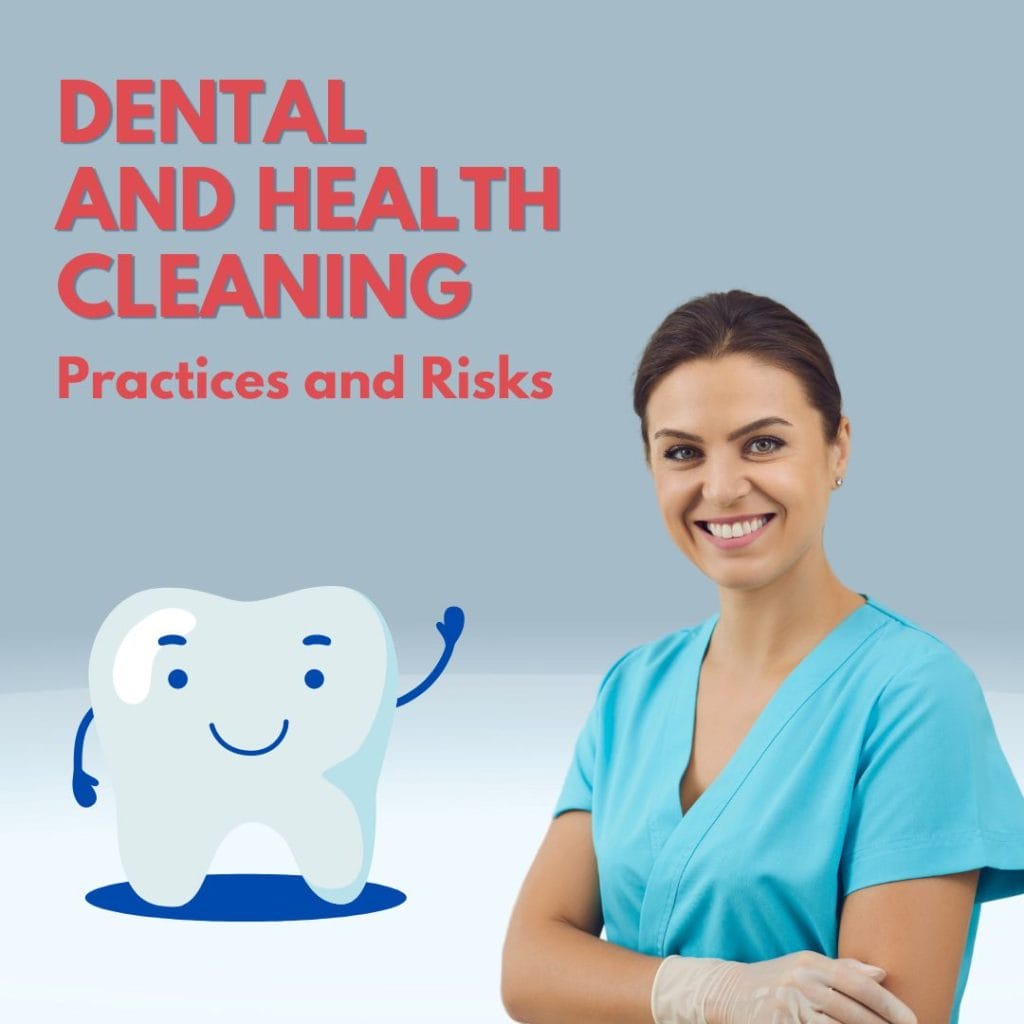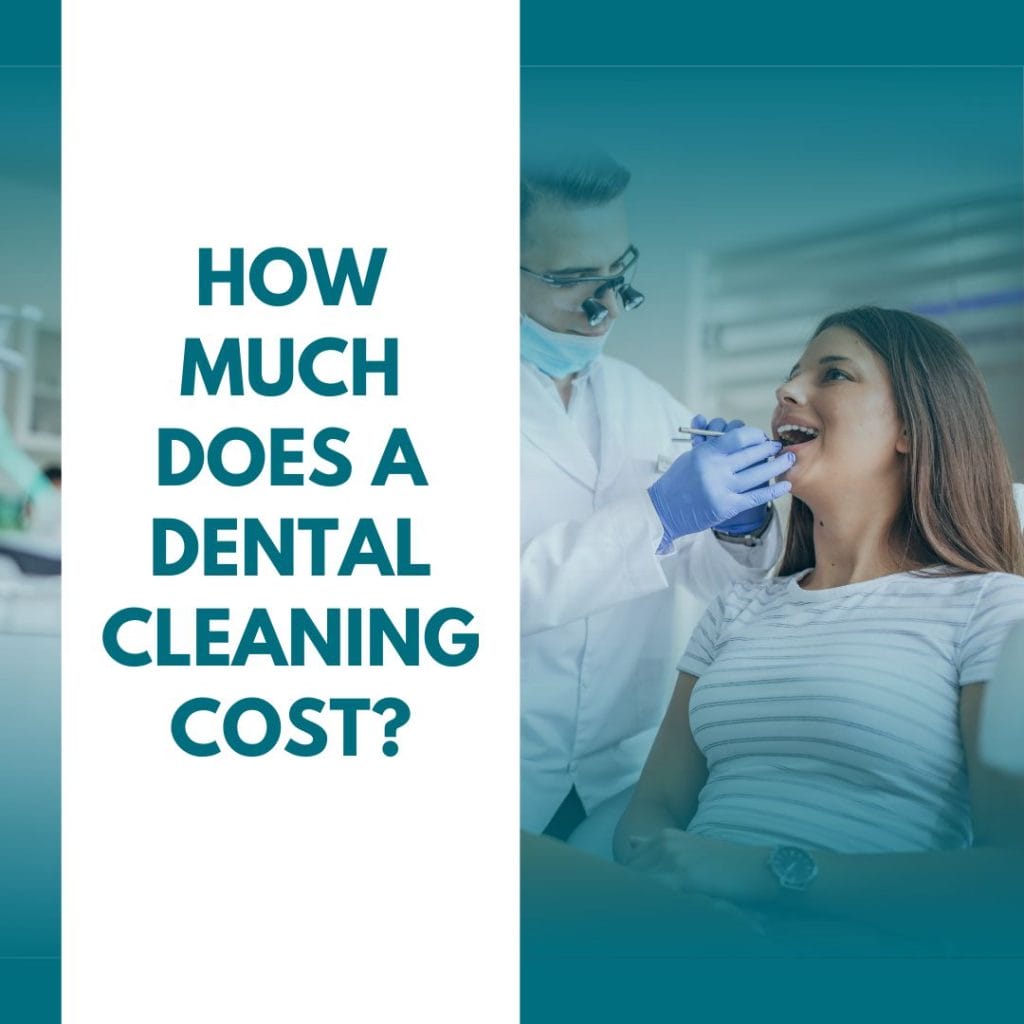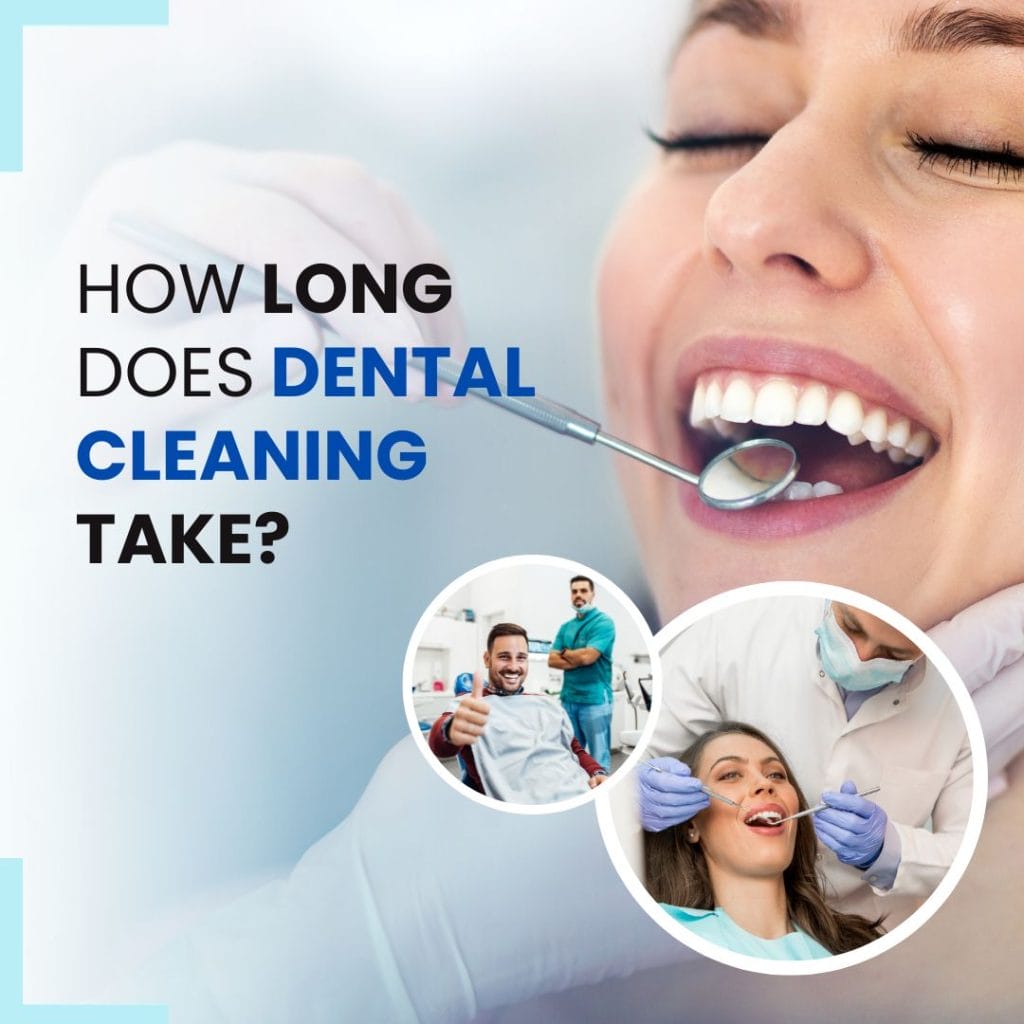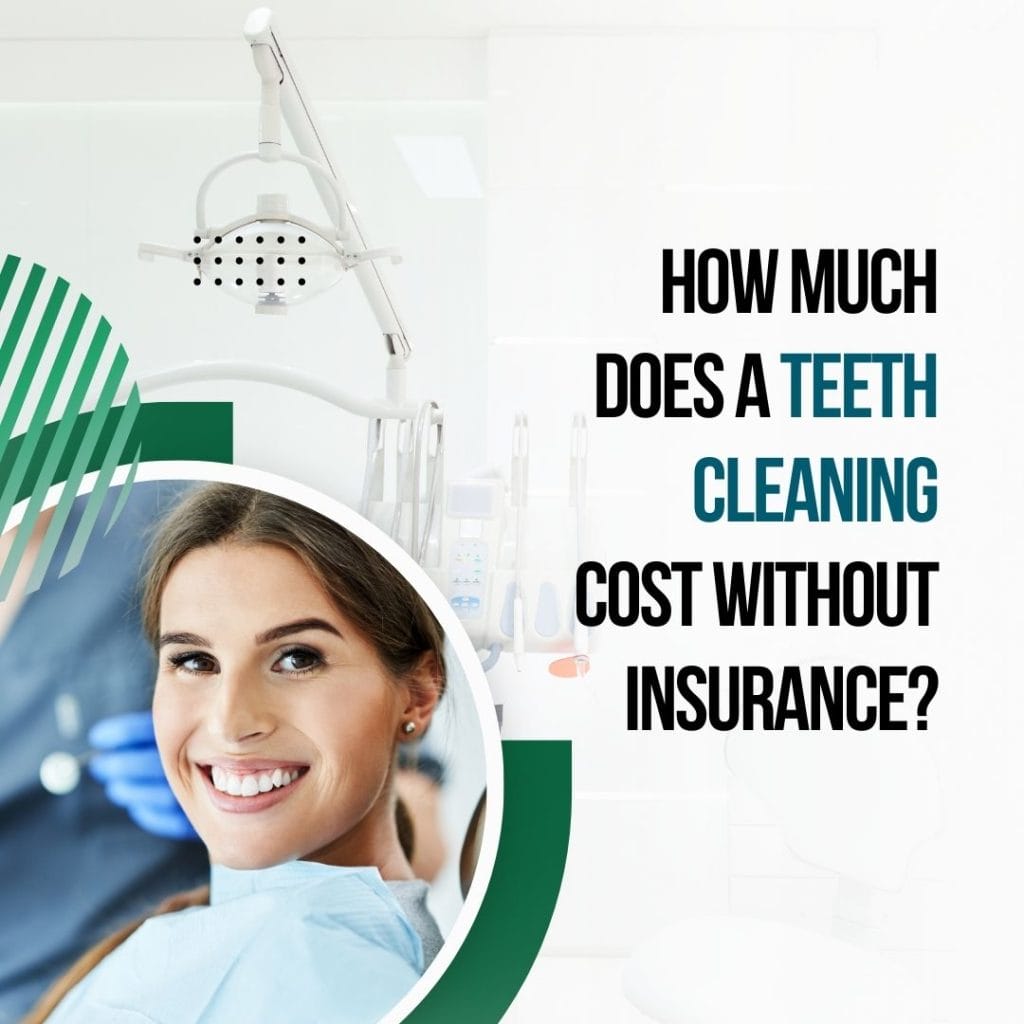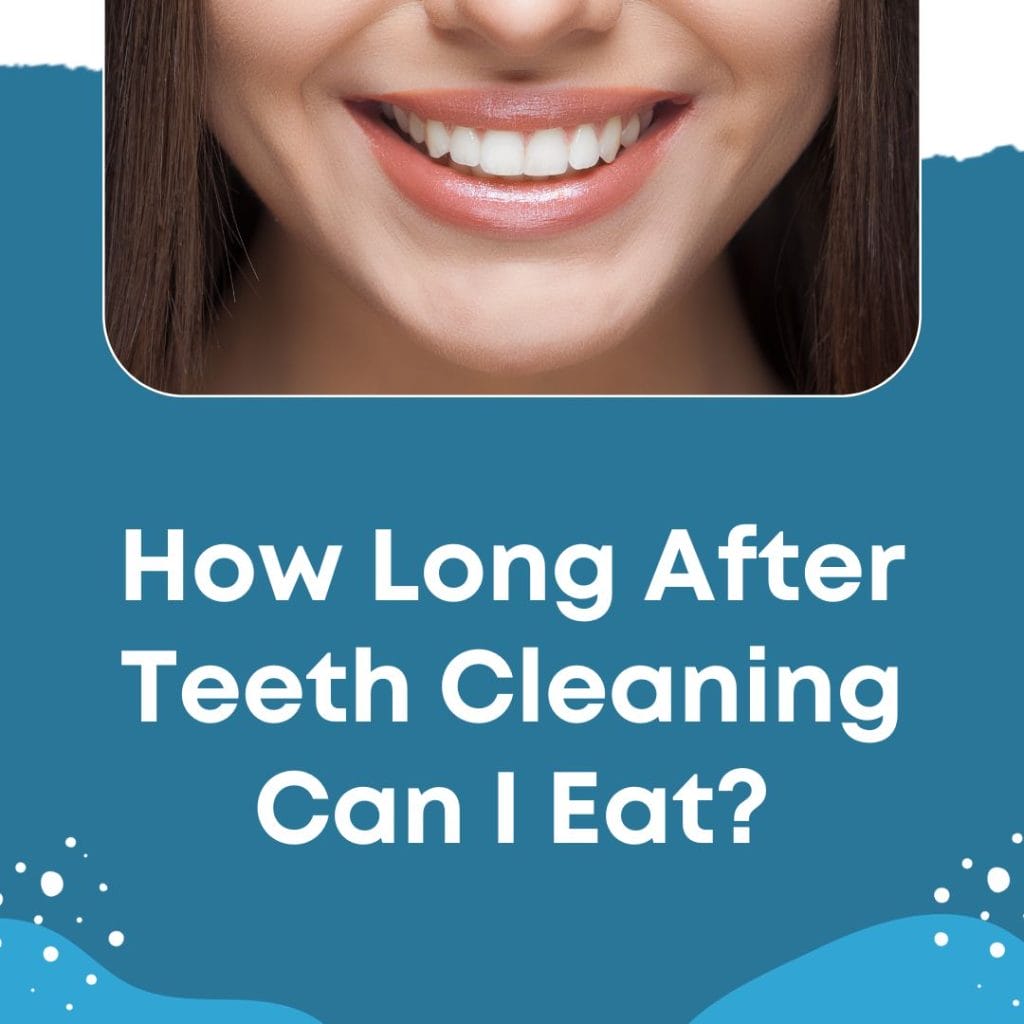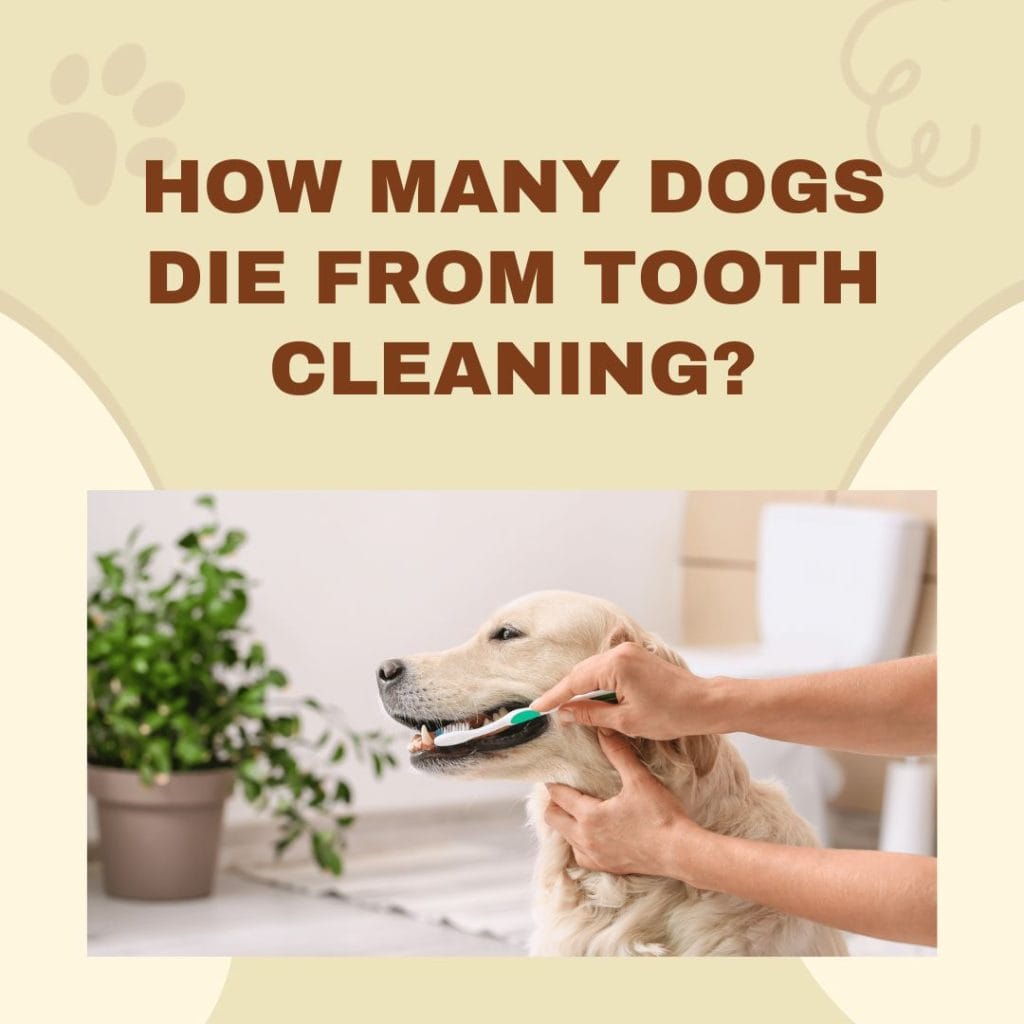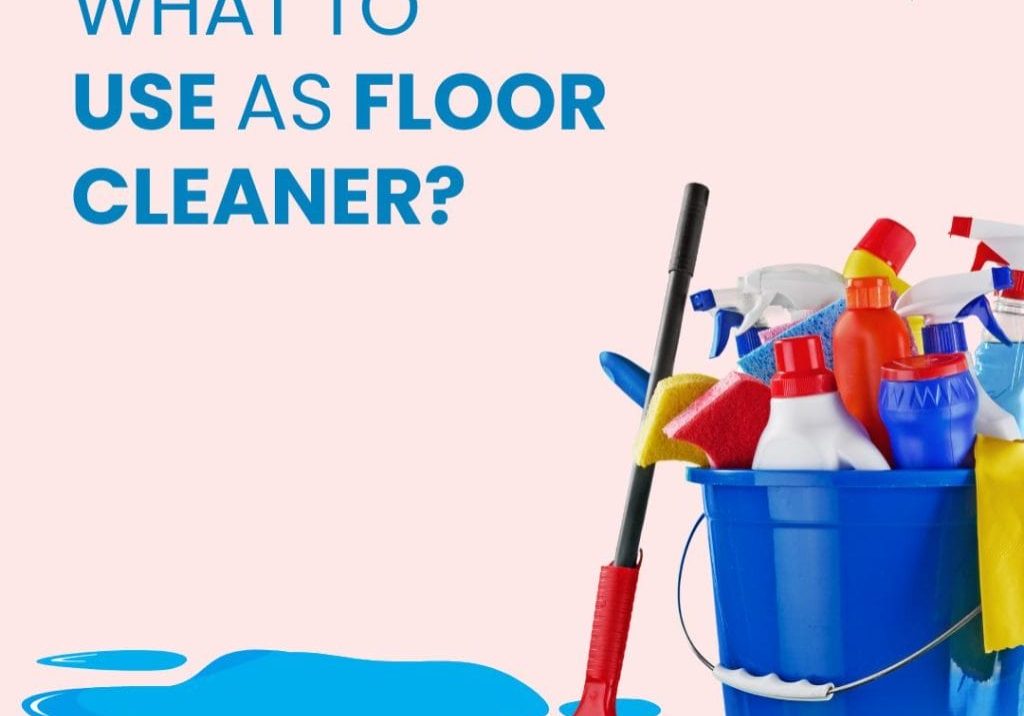As dog owners, it’s our responsibility to ensure our furry friends are happy and in perfect health, too. Oral hygiene is a crucial aspect of this care. However, a question that often arises is, “How many dogs die from teeth cleaning?” Considering the many anecdotes about the risks associated with dog dental cleaning, it’s a valid concern. This blog addresses these concerns, shedding light on the dangers, statistics, and safer alternatives to conventional oral care routines for dogs. So, if you’ve been asking yourself about the safety of dog tooth cleaning, you’re in the right place.
Risks of Anesthesia in Dog Teeth Cleaning
Let’s dive deeper into most dog owners’ primary concern when contemplating dental procedures for their pets – the risks associated with anesthesia. Anesthesia is a common component of dog teeth cleaning, but how dangerous is it? Let’s demystify this to give you a clearer understanding. To understand the discomfort pets may feel, it’s useful to know why a dental cleaning can be painful.
Need for Anesthesia in Dog Dental Cleaning
Anesthesia is often a necessary component in dog dental cleaning due to its role in mitigating pain and stress in our canine companions. It allows the veterinarian to perform a thorough, deep cleaning without causing discomfort or distress to the dog. Without anesthesia, it would be nearly impossible to conduct a comprehensive oral examination and cleaning.
Anesthesia Risks in Dog Teeth Cleaning
However, anesthesia is not without its risks. Although relatively safe in most cases, complications can arise, especially in dogs with pre-existing health conditions. In rare instances, these complications can be severe, leading to fatalities. Thus, it’s essential to understand these risks before deciding on anesthesia-based teeth cleaning for your dog. For more on oral hygiene, see our comprehensive dental health cleaning guide.
Statistical Overview
Let’s delve into the statistics to understand better the question, “How many dogs die from tooth cleaning?” It’s essential to decipher the facts from the myths to make informed decisions about our pet’s dental health.
Dog Tooth Cleaning: Fatality Statistics
While exact statistics vary, studies suggest that the risk of dogs dying due to dental cleaning procedures is relatively low. According to a study in the Journal of the American Veterinary Medical Association, the risk of anesthetic-related death in dogs is approximately 0.05% for healthy dogs and 0.11% for dogs with existing health conditions. In simpler terms, out of 10,000 dogs undergoing procedures with anesthesia, between 5 and 11 dogs might face fatal complications.
Comparing Risks in Veterinary Procedures
When compared to other common veterinary procedures, the risks associated with dental cleanings are relatively lower. For instance, surgery-related complications in dogs are statistically higher at approximately 1.5%. Thus, while any procedure involving anesthesia carries some risk, dental cleanings are less likely to result in severe complications or fatalities. Understanding the cost of dental cleaning is crucial for budgeting pet care.
Alternatives to Anesthetic Teeth Cleaning
While anesthesia is widely used during dog teeth cleaning to ensure a thorough and safe procedure, some pet owners may still be concerned about its associated risks. In response to these concerns, alternatives to anesthetic teeth cleaning are being explored and implemented in veterinary practice. Let’s examine some of these alternatives and discuss their pros and cons. Also, know how long dental cleaning takes for efficient pet care planning.
Non-Anesthetic Teeth Cleaning Methods
Non-anesthetic teeth cleaning methods for dogs include manual scaling, which involves manually scraping off the plaque and tartar from the dog’s teeth, and the use of specific dental hygiene products like toothbrushes, toothpaste designed for dogs, dental sprays, and dental chews. Some dog owners also implement a raw diet strategy that includes raw bones, which can naturally help clean the dog’s teeth. For those without pet insurance, understand the cost of teeth cleaning without insurance.
Pros and Cons of these Alternatives
While non-anesthetic teeth cleaning methods can be less stressful and carry fewer health risks, they might not provide as comprehensive cleaning as anesthetic methods, potentially leaving some plaque or tartar behind. Furthermore, some dogs may resist these methods, making it challenging to maintain regular oral hygiene.
Signs Your Dog Needs Teeth Cleaning
As a pet owner, recognizing the signs that your dog may need professional teeth cleaning is crucial for maintaining their overall health and well-being. Let’s explore some of these indicators.
Bad Breath
While it’s common for dogs to have less-than-fresh breath, an extremely foul odor can be an indicator of dental issues, such as periodontal disease. If your dog’s breath is persistently bad, consider professional teeth cleaning.
Change in Eating Habits
Dental issues can cause discomfort while eating, resulting in changes in the dog’s eating habits. If you notice your dog struggling to chew or showing less interest in food, it may be experiencing dental pain. Post-cleaning care for dogs is as crucial as knowing how long after teeth cleaning humans can eat.
Excessive Drooling
While some dogs naturally drool more than others, excessive or unusual drooling, especially if it’s tinged with blood, can be a sign of dental problems and may warrant a professional dental check-up.
Discolored Teeth or Receding Gums
Look out for changes in your dog’s mouth, such as discolored teeth or receding gums. Yellow or brown tartar buildup on the teeth and red or swollen gums indicate potential dental diseases.
Frequent Pawing at the Mouth
If your dog frequently paws at its mouth or face, it can signify oral discomfort. This is often indicative of dental issues that require professional intervention.
Cost Considerations
Navigating the financial aspect of pet care can be challenging for dog owners, especially regarding procedures like teeth cleaning. Understanding the different elements influencing the cost can help pet owners make informed decisions about their pet’s dental health.
Understanding Teeth Cleaning Costs
The cost of professional teeth cleaning for dogs can vary widely, typically ranging from $200 to $500. Factors contributing to this cost include the vet clinic’s location, the dog’s size and age, the complexity of the procedure, and whether or not pre-anesthetic bloodwork is done. Any necessary extractions or advanced dental treatments will also increase the overall cost. It’s important to comprehensively understand these factors when budgeting for your dog’s dental care.
Factors Affecting Teeth Cleaning Costs
Location greatly influences the cost of dog teeth cleaning; veterinary services are more expensive in urban areas than in rural regions. Additionally, if your dog requires additional treatments such as extractions, fillings, or advanced dental procedures, these will significantly increase the overall cost. It’s essential to factor in these considerations when planning for your dog’s dental care.
Preventive Measures
Taking preemptive steps toward maintaining your dog’s dental hygiene can significantly reduce the need for professional teeth cleaning while minimizing dental disease risk. Let’s explore some effective preventive measures to incorporate into your pet care routine.
Offer Tips on Daily Dental Care Routines for Dogs.
Incorporating brushing into your dog’s daily routine is highly beneficial. Use canine toothpaste with a dog-specific toothbrush for best results. Dental chews and a balanced diet can also aid in keeping your pet’s teeth clean. Regular home inspections of your dog’s mouth for any anomalies are another key preventive measure.
Products for Pet Dental Care
Numerous products are available on the market to assist in maintaining your dog’s oral health. Dental chews like Greenies and Pedigree Dentastix can help reduce plaque and tartar while freshening your dog’s breath. Water additives like TropiClean Fresh Breath Oral Care Water Additive are also easy to use. Simply add to your dog’s drinking water to help maintain clean teeth and fresh breath.
Conclusion
Understanding the question, “How many dogs die from teeth cleaning?” is crucial for responsible pet ownership. While professional teeth cleaning can benefit your dog’s oral and overall health, it has risks. The key lies in striking a balance between ensuring your pet maintains good dental hygiene while keeping safety at the forefront. Daily care routines, the judicious use of dental products, and regular vet check-ups can help support your dog’s dental health and mitigate the need for professional cleanings. Remember, your dog’s well-being is always the top priority.

